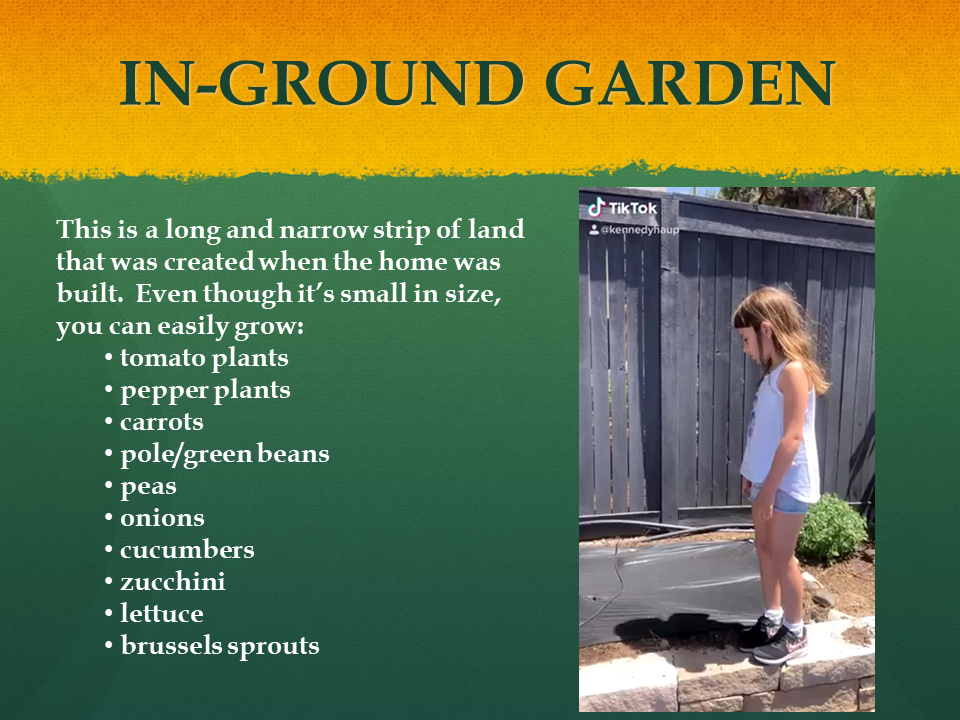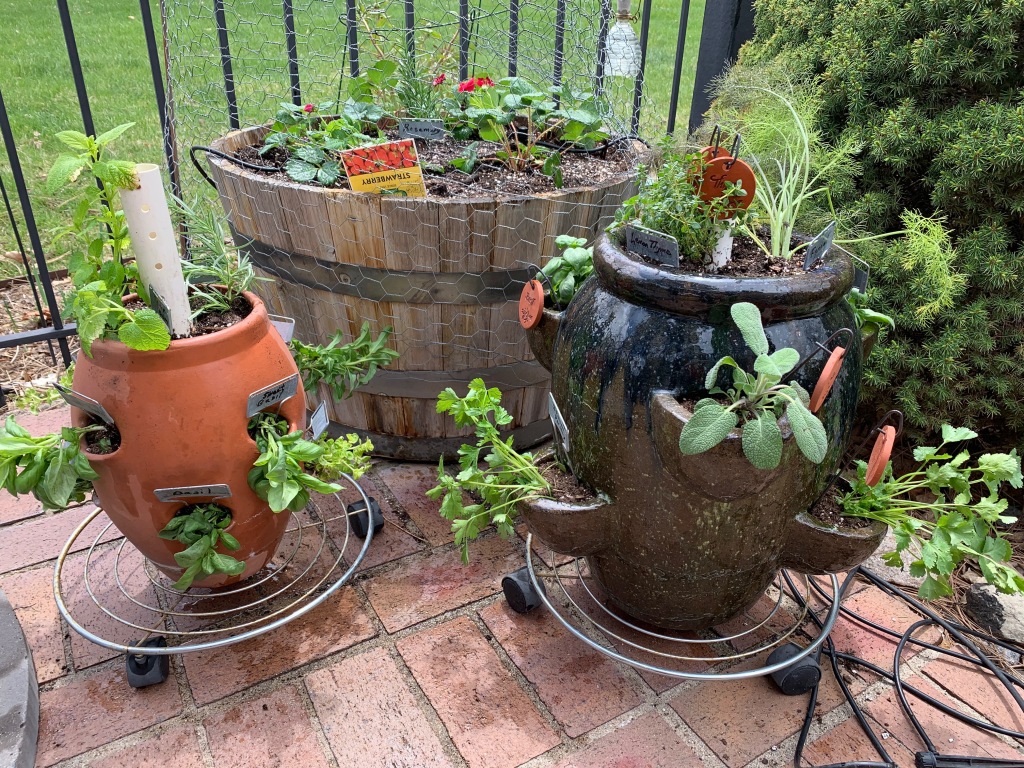By: Lori Williams – CSU Extension-Denver Master Gardener since 2016

The 2024 CSU Extension Denver Master Gardener Plant Sale features more than 150 of varieties of perpetual vegetable winners, including a huge selection of hybrid and heirloom tomatoes, delicious culinary herbs, and more than 25 chile pepper strains (sweet, hot, sweet-hot, hot and hot-hot)! For a full list of what will be offered, visit here. We offer gorgeous, healthy plants for your garden: many you’re likely familiar with and some fun new ones to get your garden possibilities growing! All veggies and herbs are $7 each. Annual flowers will also be available. Come early for best selection. Bring your own flat or totes if you can!

With planting time just around the corner, many gardeners are looking forward to getting into the soil and chocking it full of robust bedding plants. Volunteers will be on hand to advise on varieties, planting practices and gardening in general – Ask US!! When you take your baby plants home from the sale, here are some important tips to first harden them off, as they will be fresh out of the greenhouse.
An exciting addition to the sale this year is a native plant selection. Five different species will be offered for $9 each, including: Large-Flowered Penstemon, Switchgrass, Mexican Hat, Butterfly Weed, and Evening Primrose. These are expected to go fast! With each plant purchased, native seeds will be given away (while supplies last). Salegoers can view a native garden planted last season, and the Front Range chapter of WildOnes.org will have a table.
Also during the sale, you’ll enjoy gardening demonstrations and an “Ask a Master Gardener” booth for your gardening questions. CSU Extension will have research-based resources for home gardeners, as well as education and nutrition information. New this year, Denver Master Gardeners will sell seeds for cool-season crops (like peas and spinach that can be direct sown). A selection of native plants and perennials will also be offered!
Do you garden in containers or raised beds? Interested in interplanting veggies, flowers and herbs? Maybe you’ve been curious about block style garden layouts? Community gardens offer great gardening options, too. Our partners at DUG have all kinds of useful information here. Fresh vegetables and herbs will make you glad for the space and time you spend this season on growing fresh, flavor-rich, nutritious food for you and your loved ones.


Find all your faves & diverse new selections.
Denver Master Gardener volunteers are heroic in their commitment to get the healthiest, prettiest seedlings to YOU for your 2024 growing season – no matter the weather! A Colorado spring day can bring rain, sleet, snow, and sun – in no particular order. Regardless of temps, winds, or precip, our volunteers are excited to get these lovely bedding plants into your hands. We will be there, ready to help you!

We look forward to seeing you May 18 & 19!
Maybe you’re also interested in becoming a Colorado Master Gardener? Come grow your experience and learn about the many gardening options, being a Master Gardener, and the amazing resources available to you through CSU Extension!





























































